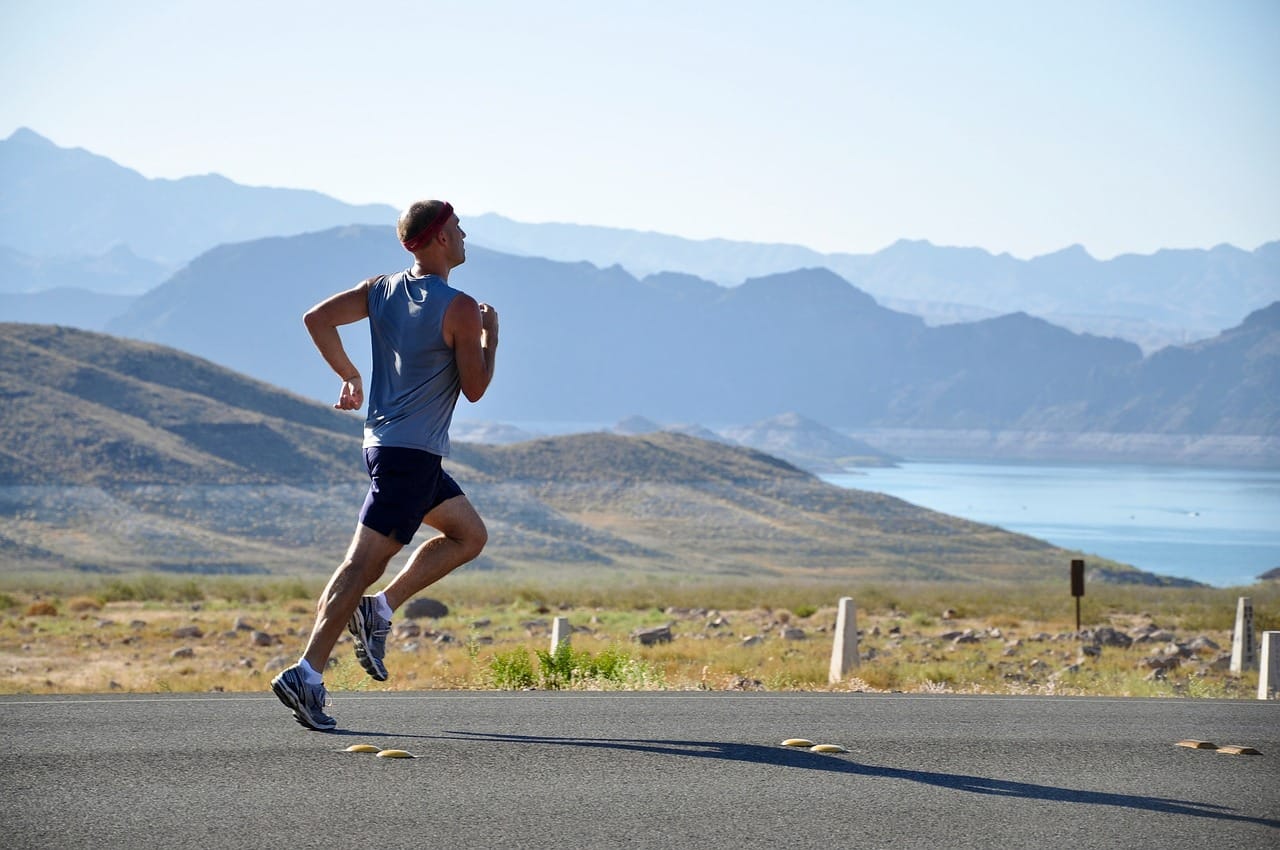Want to improve your run drills? The real benefits of drills are a result of how they are applied to training.
Coaches love drills. The Internet, magazines and books are all full of drills and every coach has their favourites. Drills are an important way for people who are learning how to run properly to develop the correct skills to run efficiently and avoid injury. As a coach, I use drills as part of the warm-up for my track sessions. I’ll share two of my favourites later.
Practising a skill develops the muscle memory to execute the technique. In the case of football, repeatedly passing the ball develops the correct technique to accurately deliver the ball to a teammate. In the case of running, drills develop correct run technique; for example, lifting the knee rather than pushing through the calves.
However, what football coaches ascertained is that a player doesn’t just stand there and pass the ball. They may be doing that while running at full speed. And they may be passing the ball running at full speed with a 100-kilogram opponent running at them at full speed.
3 stages of acquiring a skill
- Learn the core skill.
- Learn the core skill at speed.
- Learn the core skill at speed under game (or race) conditions.
You may notice now that if you watch a football practice session the drills are performed not standing in a line but with trainers running at them with padding trying to knock them over.
Most football players at the top level typically already have the core skill – they need to hone that skill under the intense pace and pressure of top-grade football. This is something that has changed over the last decade as coaches have learnt the criticality of developing skills under game pressure; however, in many ways running is still at stage 1 – Learn the core skill.
Incorporate the drill into a run
Running drills are typically practised during a session and then the run component of the session is executed. The assumption is that the skill will develop the muscle memory and this will then, via some form of osmosis, translate into actual running. However, the drills, like the old football sessions, are performed statically (in place) and not under pressure. Over time this skill may translate to the athlete’s run but, at best, this will take a great deal of time.
By adopting a football-style approach, the outcome of the drill can be reached more quickly and the skill becomes more resilient to the pressures of a race. Rather than practising a drill and then running, try incorporating the drill into a run.
Here’s what I do during running sessions
Run 100 metres starting at an easy pace. Once you reach the 50-metre mark, build up pace so that by the end of the run you are at about 85 percent of full pace. Note, for sprinters, the end pace may be closer to 100 per cent.
Now, do the same build but at the 50-metre mark start focusing on a key skill. For example, focus on lifting the knee rather than pushing off the ground. Keep this focus while building up the pace to the end of the interval. Performed statically, this is the traditional ‘marching drill’; however, we are focusing on the skill while running and progressively adding more pressure (pace).
Don’t expect to ‘get’ this straight away. It may take a few run-throughs to develop the skill. I actually do this when racing – focus on a drill for a while in a run as a way of not only ensuring good technique but also as a means of distraction.
Many other drills, such as ‘tunnels’ (keeping the head level), can also be practised this way, even the traditional ‘butt kick’ drill – probably the most commonly incorrectly performed drill – can be performed this way. Curiously, performing butt kicks while running typically means the runner performs this drill correctly with their knee pointed forward rather than straight down.
Two of my favourite drills
Hot Tin Roof
Ground contact represents deceleration. The greater the ground contact time, the greater the loss of momentum and energy. Picture the running track as a hot tin roof. As your foot is about to hit the hot tin roof, focus on pulling the foot up so that it spends the minimum amount of time being ‘burnt’.
Ninjas
A common mistake runners (and coaches) make is focusing on the drill and not the outcome. Butt kicks are a great example of how focusing on the drill itself can create the wrong outcome. ‘Ninjas’ is an example of a drill where the focus is on the outcome, which ultimately is what every runner seeks. At the 50-metre point, focus on running silently – like a ninja trying to sneak up on somebody. This is a great drill to do with a partner as you can compete to see who can make the least noise. Like the hot tin roof drill, this facilitates a much shorter and lighter ground contact time and also tends to mean the runner becomes less flat footed. I could call this running quietly, but ninjas sounds much cooler.
Rather than make drills a separate part of your session, incorporate them into the run itself. Not only will you learn the skill faster but the skill becomes less likely to break down under race conditions.








